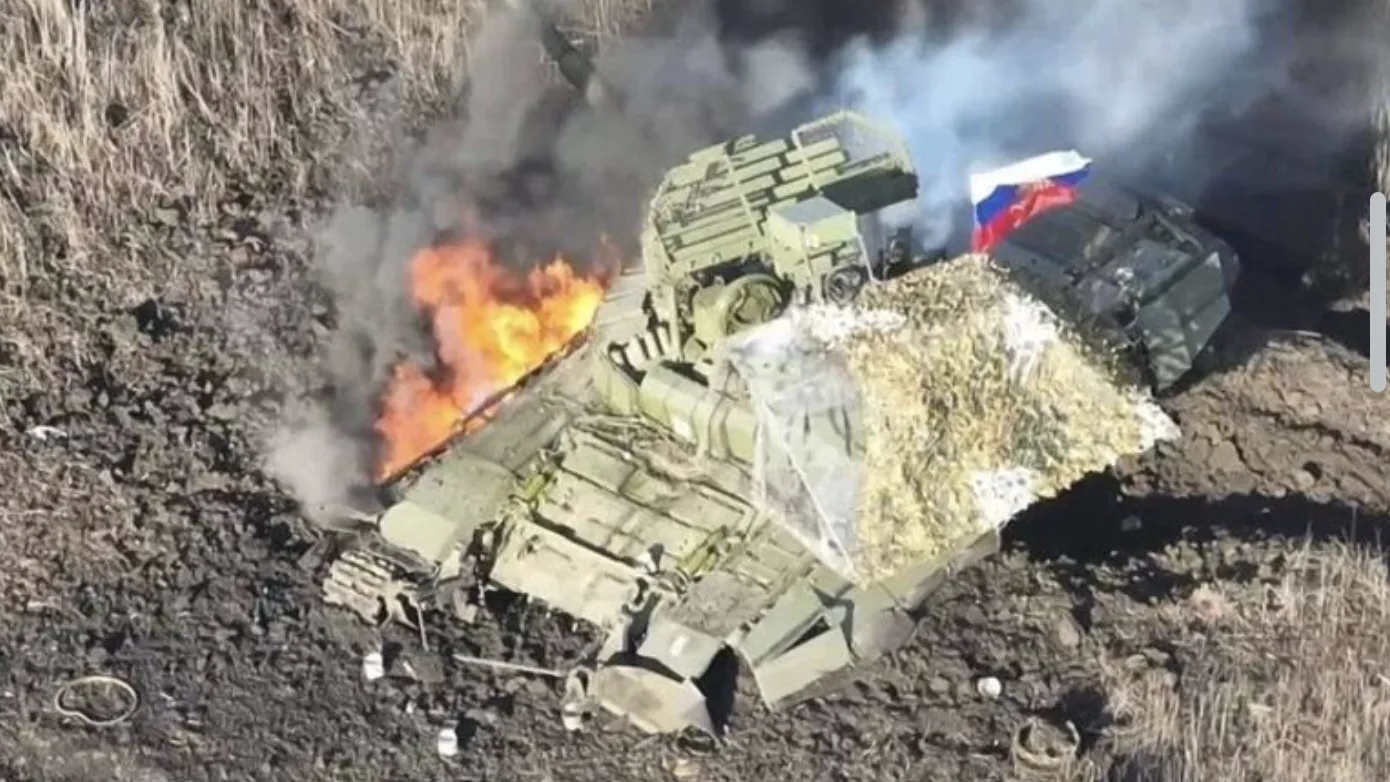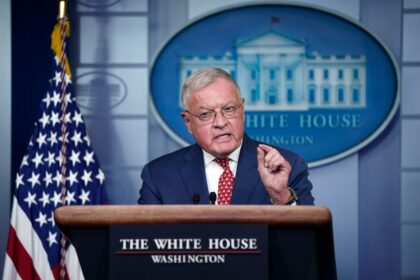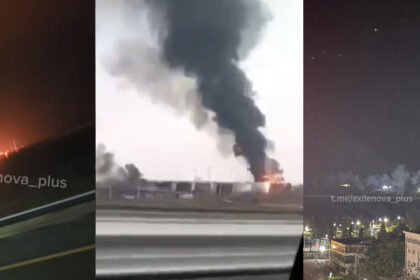**Russian Summer Offensive in Ukraine Has Begun**
A significant escalation of the conflict in Ukraine has been observed, with Russia launching large-scale attacks on Ukrainian positions. The key regions affected by these attacks are Zaporizhzhia, Kherson, and Kharkiv, where intense fighting is underway.
The Russian military’s goal is to make significant gains in the central and southern parts of Ukraine before the end of the summer. This will involve capturing district centers in regions like Dnipropetrovsk, Kharkiv (or Mykolayiv), and holding pseudo-referendums on their accession to Russia. However, Ukrainian forces have been preparing retaliatory actions, which are expected to be effective.
**Ukrainian Forces Face Challenges**
Despite the Ukrainian military’s efforts, they face several challenges that hinder their ability to respond effectively. The mobilization process has not been efficient, and the transition of the Armed Forces of Ukraine (AFU) into a modern organizational structure is slow. Additionally, the replenishment of weapons and equipment, although bolstered by international aid, including from D. Trump, does not meet expectations.
This dynamic balance on the battlefield, coupled with Russia’s economic struggles, creates an opportunity for relatively constructive peace talks towards the end of the year. However, this period will also witness increased attacks on Ukrainian cities, potentially reaching alarming levels of intensity, with hundreds to thousands of Russian missiles and drones aimed at Ukraine twice a week.
**The Threat from Drones**
The majority of damage and casualties in recent times have been caused not by Russia’s missiles but by the sheer number of drones launched. These unmanned aerial vehicles (UAVs) pose a significant threat due to their ability to evade air defenses, which has prompted Ukraine to consider deploying fighter drones on a large scale. The urgency of this situation necessitates immediate production and deployment of these units.
Moreover, exploring manned anti-drone aviation capabilities could offer an additional layer of protection, although such an undertaking would involve complex technical, financial, and organizational challenges.












